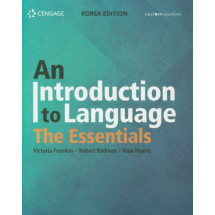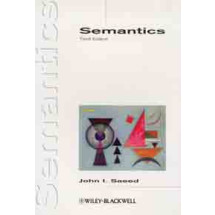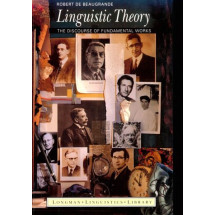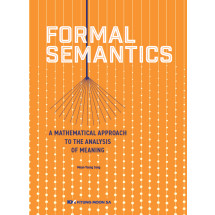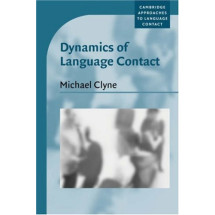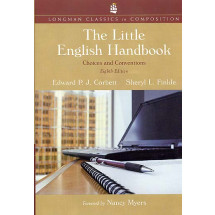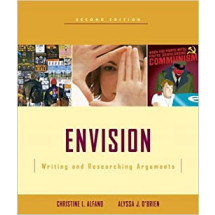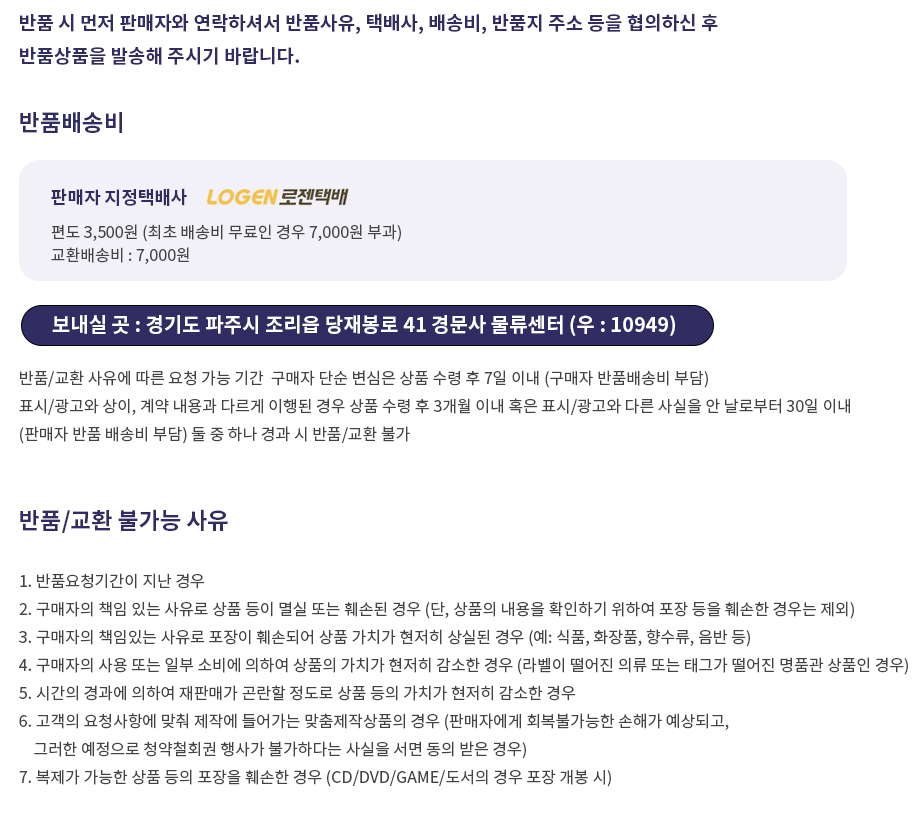Written by an outstanding scholar, Phonics They Use seamlessly weaves together the complex and varied strategic approaches needed to help students develop reading and spelling skills.
Long-positioned and long-respected as a bestseller by both pre-service and practicing teachers of reading, this affordable text offers a coherent collection of practical, hands-on activities that provide a framework for teaching phonics. The Fourth Edition continues to emphasize that what matters is not how much phonics students know but what they actually use when they need phonics for decoding a new word, for reading and spelling a new word, and for writing. Rather than subscribe to a single theory, Pat Cunningham stresses a balanced reading program-incorporating a variety of strategic approaches--tied to the individual needs of children. Packed with new activities and strategies for teaching reading, this book is an invaluable resource for any new or veteran teacher.
Now teachers have access to a new grade-level series Making Words that offers fresh multi-level activities and lessons for the kindergarten through fifth grade classroom. Based on the active and innovative approach to making words that teachers and their students have grown to love in Phonics They Use, this new series is the best resource you can have on hand for motivating your students to learn words!
Take a Peek at What's New to the Edition!
New Chapter on Making Words in Kindergarten (Ch. 4) describes and provides sample lesson plans on how teachers can make each kindergarten student a letter of the alphabet, using a big letter card, to teaching them how to begin to form words.
New Chapter on Making Words in Upper Grades (Ch. 11) describes and provides sample lessons on how making words has been adapted for use of older students in upper grades, by emphasizing the prefixes, suffixes, roots and spelling changes that are the important decoding and spelling patterns for polysyllabic words.
Inclusion of hints and suggestions for English Language Learners scattered throughout the chapters, which help make phonics and spelling instruction more successful for ELLs as they learn to read and write. These 밊or English Language Learner boxes include a variety of ways teachers have adapted the Phonics They Use activities to include their children learning English.
Patricia M. Cunningham is the author of Beyond Retelling, Classrooms That Work, Schools That Work, and the Making Words series, all published by Allyn & Bacon, as well as a professor of education at Wake Forest University. She has over 30 years of experience in various elementary grades and with remedial reading and has served as a curriculum coordinator and director of reading. Pat promotes literacy for all children through her Four Blocks workshops and staff development sessions with educators.
Patricia M. Cunningham
The day I entered first grade, I decided I wanted to teach first grade. In 1965, I graduated from the University of Rhode Island and began my teaching career teaching first grade in Key West, Florida. For the next several years, I taught a variety of grades and worked as a curriculum coordinator and special reading teacher in Florida and Indiana.
From the very beginning, I worried about children who struggled learning to read and devised a variety of alternative strategies to teach them to read. In 1974, I received my Ph. D. in Reading Education from the University of Georgia. I developed the Making Words activity while working with Title One teachers in North Carolina where I was the Director of Reading for Alamance County Schools. I have been the Director of Elementary Education at Wake Forest University in Winston Salem, North Carolina since 1980 and have worked with numerous teachers to develop hands-on engaging ways to teach phonics and spelling. In 1991, I published Phonics they Use: Words for Reading and Writing, which is currently available in its fourth edition. Along with Richard Allington, I published Classrooms that Work and Schools that Work.
Dottie Hall and I have worked together on many projects. In 1989, we began developing the Four Blocks Framework, a comprehensive approach to literacy which is used in many schools in the United States and Canada. Dottie Hall and I have worked together to produce many books, including the first Making Words books and the Month by Month Phonics Books. These Making Words by Grade Level books are in response to requests by teachers across the years to have making words lessons with a scope and sequence tailored to their grade level. We hope you and your students will enjoy these making words lessons and we would love to hear your comments and suggestions.


